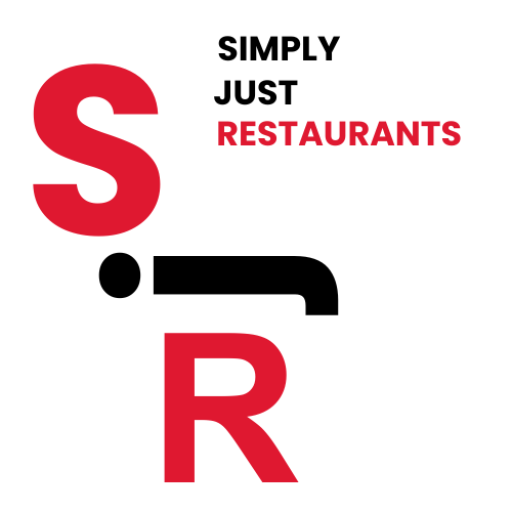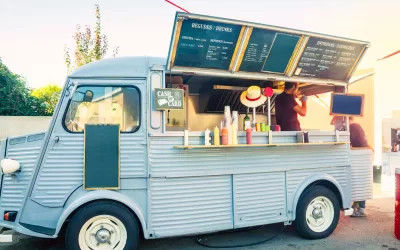Refrigeration products are essential in various industries, especially in food service, retail, and healthcare. This comprehensive guide will take you through the types of refrigeration products, their features, installation procedures, maintenance practices, and tips for selecting the best models for your needs.
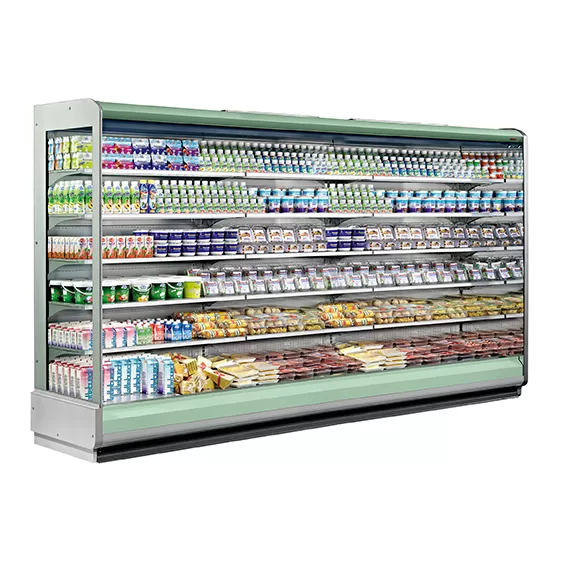
Step 1: Understanding the Types of Refrigeration Products
Refrigeration products come in various types, each designed for specific purposes:
Refrigerators:
-
- Commercial Refrigerators: Used in restaurants, grocery stores, and other commercial settings to keep food and beverages cold.
- Medical Refrigerators: Designed for storing medications, vaccines, and other sensitive medical supplies.
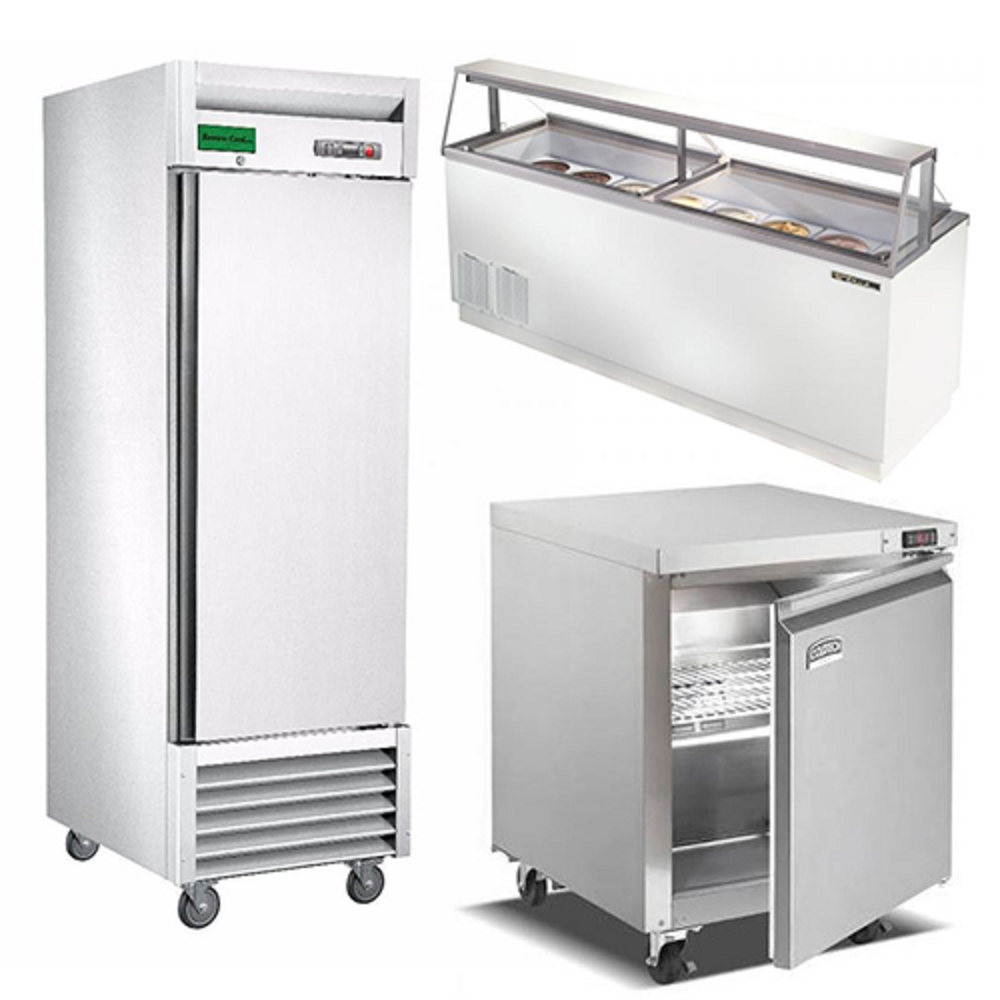
Freezers:
- Chest Freezers: Large, open-top freezers used for bulk storage.
- Upright Freezers: Vertical freezers that offer easier access to stored items.
- Walk-in Freezers: Large, room-sized units used in restaurants and warehouses for bulk storage.
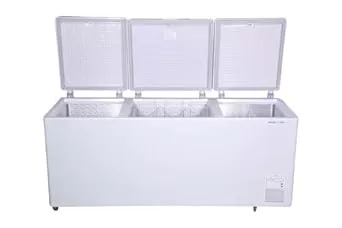
Refrigerated Display Cases:
-
- Deli Cases: Used to display deli products like meats and cheeses.
- Bakery Cases: Designed to keep baked goods fresh while showcasing them to customers.
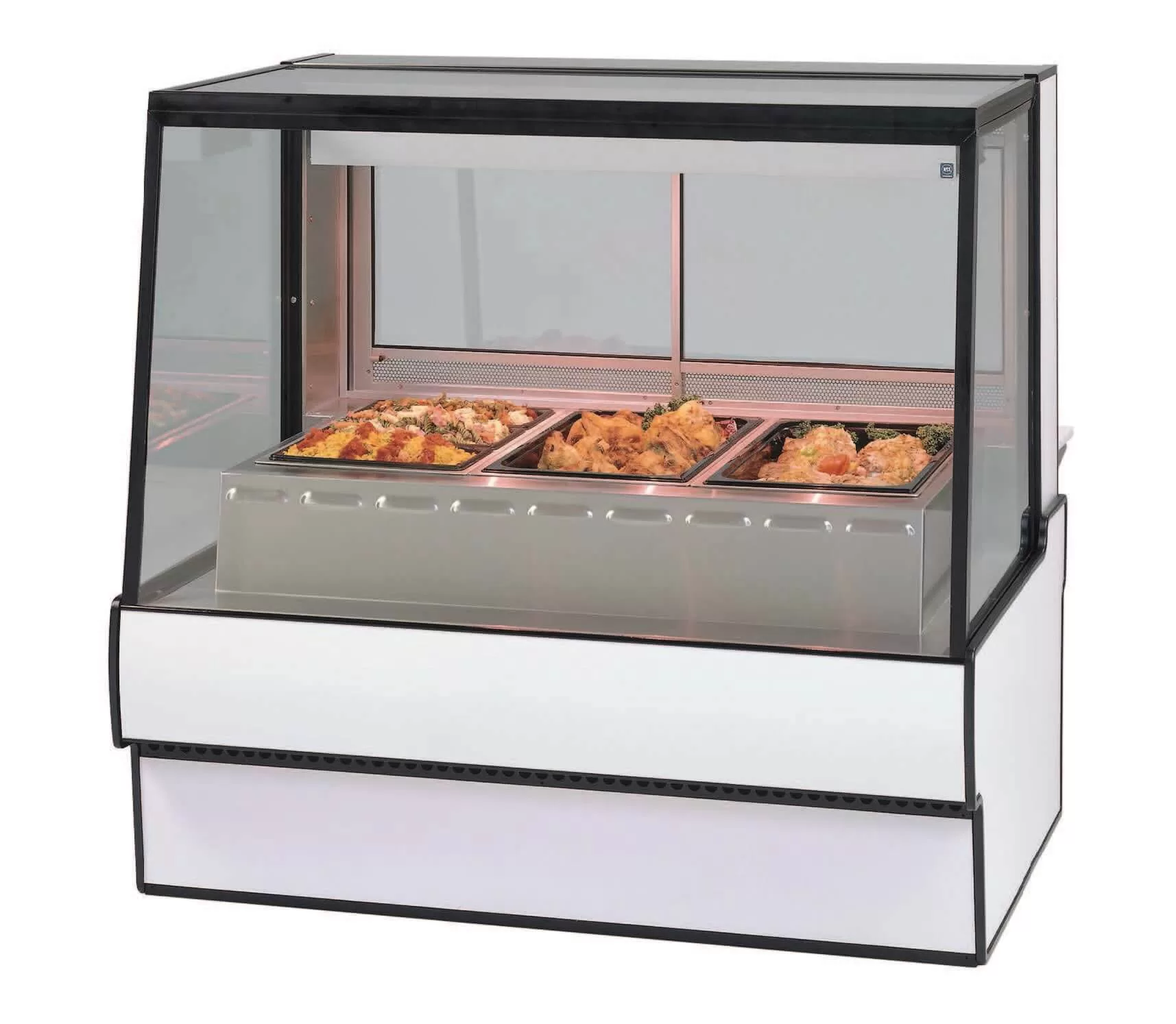
Ice Machines:
-
- Under Counter Ice Machines: Compact units that fit under counters, ideal for bars and small cafes.
- Modular Ice Machines: Large units that produce large quantities of ice, often used in restaurants and hotels.
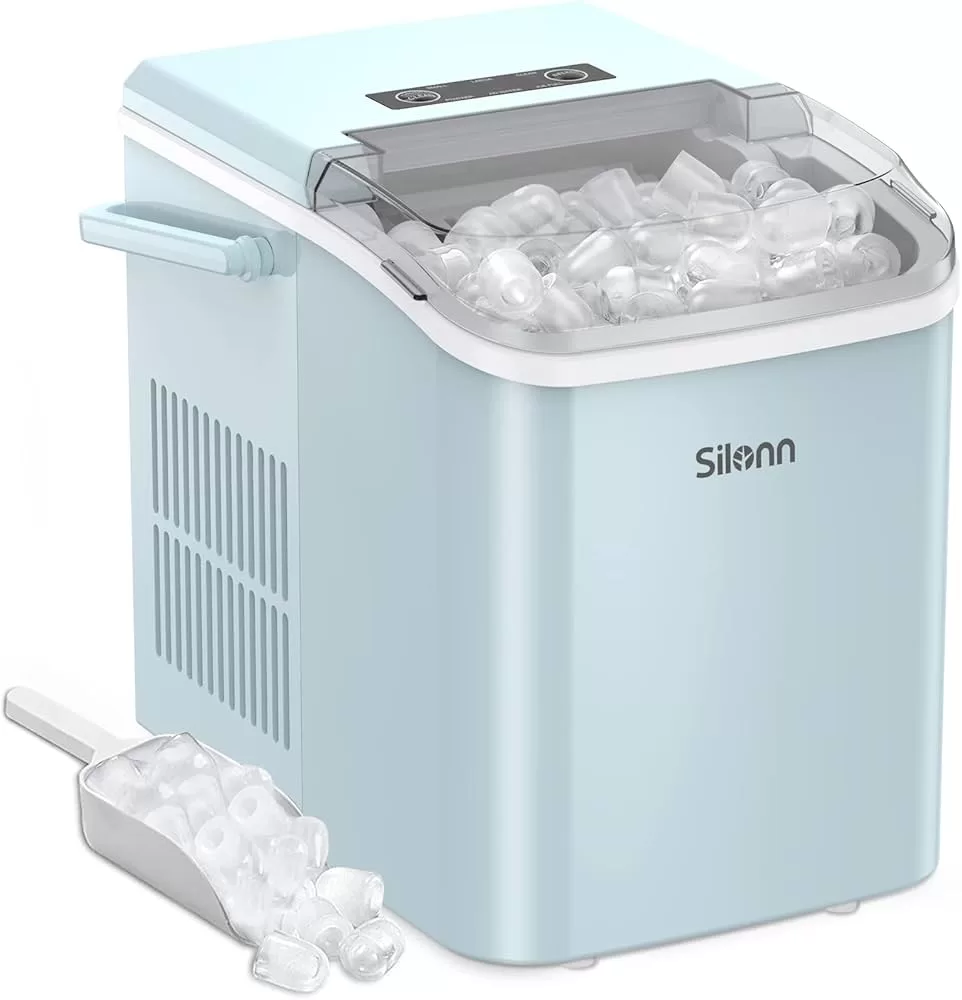
Refrigerated Prep Tables:
- Pizza Prep Tables: Refrigerated units with prep space and storage for pizza ingredients.
- Salad Prep Tables: Similar to pizza prep tables but designed for salads and cold dishes.
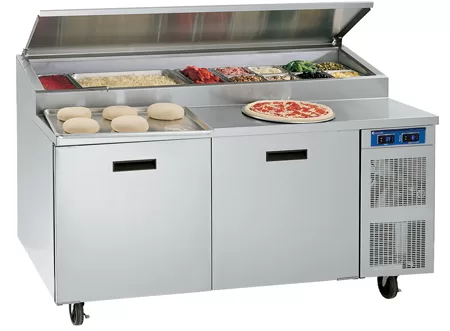
Step 2: Selecting the Right Refrigeration Products
Choosing the right refrigeration products involves considering several factors:
-
Capacity and Size:
- Determine the volume of goods you need to store and the available space for the unit.
-
Temperature Range:
- Ensure the unit can maintain the required temperature for the specific products you need to store.
-
Energy Efficiency:
- Look for Energy Star-rated products to save on energy costs and reduce your environmental footprint.
-
Durability and Construction:
- Choose units made from high-quality materials that can withstand heavy use.
-
Ease of Cleaning and Maintenance:
- Opt for products with removable shelves and easy-to-clean surfaces.
-
Warranty and Support:
- Check the warranty period and the availability of customer support and service.
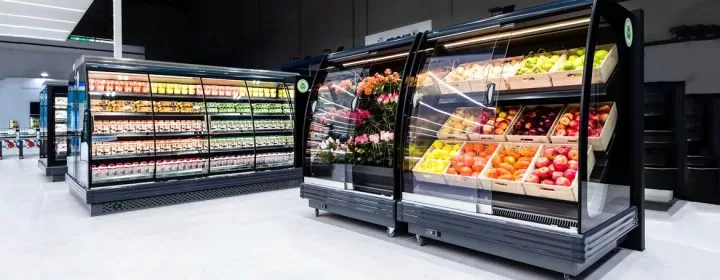
Step 3: Installation Procedures
Proper installation of refrigeration products is crucial for their performance and longevity:
-
Site Preparation:
- Ensure the installation site is level and has adequate ventilation.
- Verify that the electrical supply meets the unit’s requirements.
-
Placement:
- Place the unit away from heat sources and direct sunlight.
- Leave sufficient space around the unit for ventilation and access to maintenance.
-
Initial Setup:
- Allow the unit to stand upright for several hours before plugging it in to let the refrigerant settle.
- Set the temperature controls to the recommended settings and allow the unit to cool to the desired temperature before loading it with products.
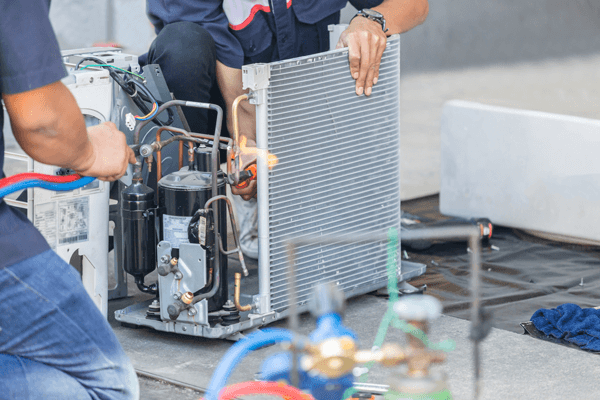
Step 4: Operating the Refrigeration Products
To maximize the efficiency and lifespan of your refrigeration products, follow these operational tips:
-
Loading:
- Do not overload the unit; allow space for air circulation.
- Avoid placing hot items directly into the refrigerator or freezer.
-
Temperature Monitoring:
- Regularly check and record the temperature to ensure it remains within the desired range.
-
Defrosting:
- Manually defrost units that do not have automatic defrosting features to prevent ice buildup.
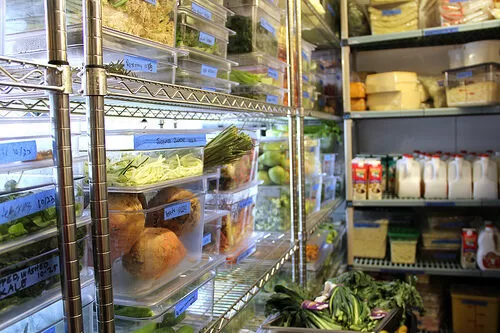
Step 5: Maintenance Practices
Regular maintenance is essential to keep your refrigeration products running efficiently:
-
Cleaning:
- Clean the interior and exterior surfaces regularly with mild soap and water.
- Remove and clean shelves and drawers.
-
Condenser Coils:
- Clean the condenser coils every few months to ensure efficient heat exchange.
-
Gaskets and Seals:
- Inspect door gaskets and seals for wear and replace them if necessary to prevent air leaks.
-
Drip Pans and Drain Lines:
- Clean drip pans and ensure drain lines are clear to prevent water buildup and mold growth.
-
Professional Servicing:
- Schedule annual professional maintenance to check refrigerant levels, inspect electrical components, and perform any necessary repairs.
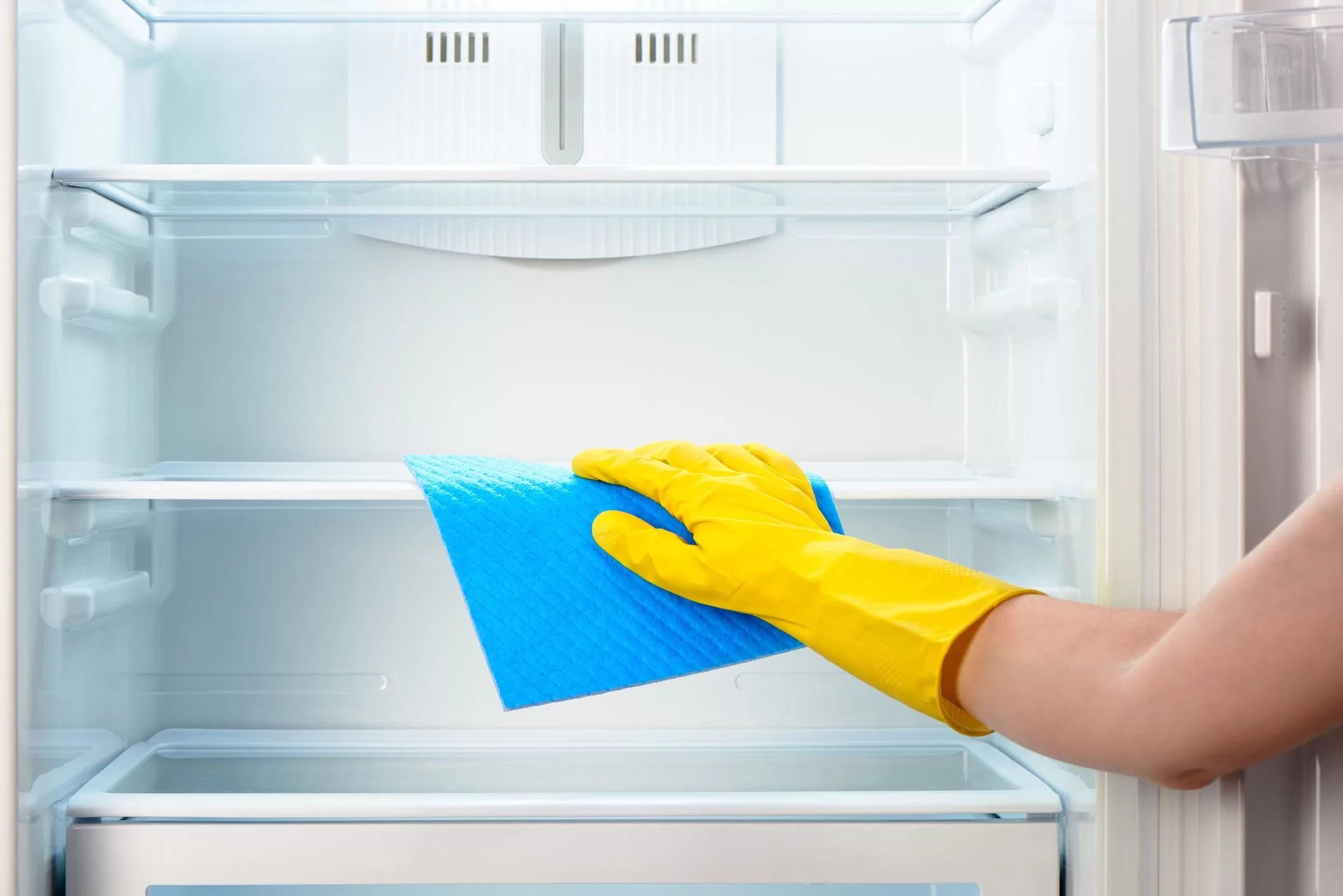
Step 6: Troubleshooting Common Issues
-
Temperature Fluctuations:
- Check for blocked air vents and ensure the door is sealing properly.
- Verify that the thermostat is set correctly and functioning.
-
Excessive Frost Build-Up:
- Ensure the door is closing properly and that the defrost cycle is working.
-
Unusual Noises:
- Check for loose components or items inside the unit that may be causing noise.
-
Water Leaks:
- Inspect the drain line and drip pan for blockages or damage.
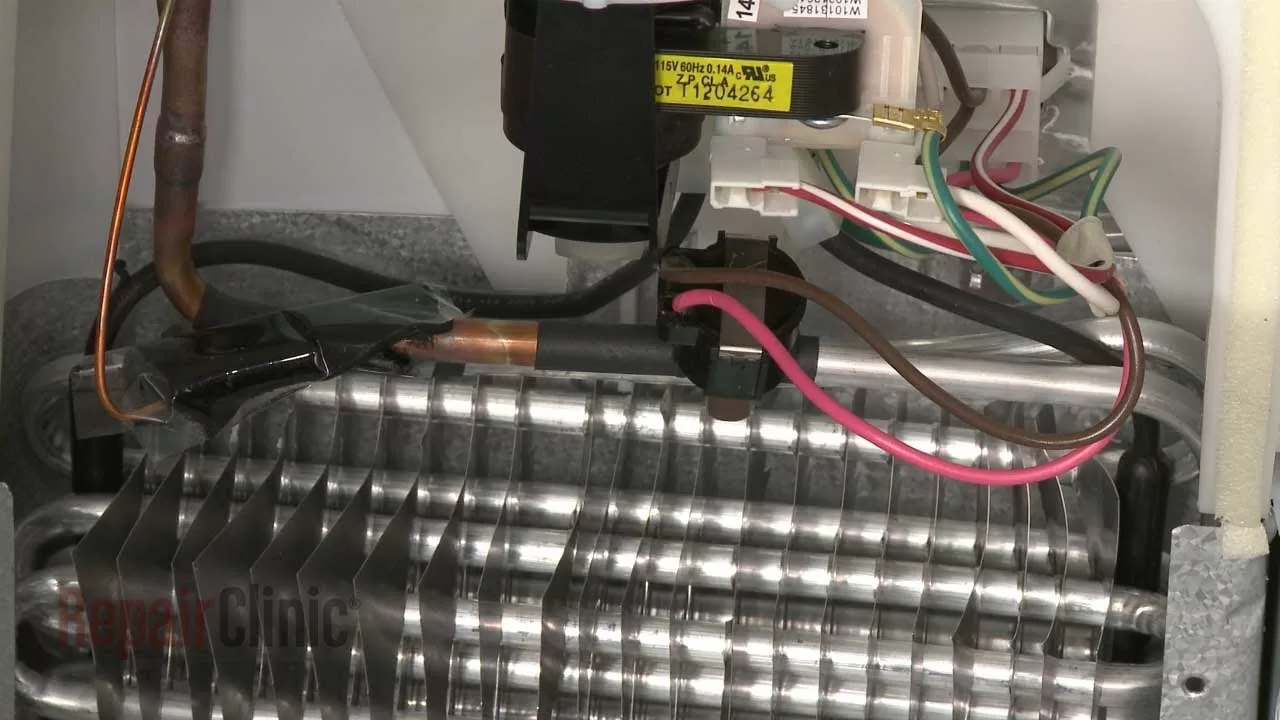
Conclusion
Refrigeration products are a critical component of many industries, ensuring the safe storage of perishable items. By understanding the different types of refrigeration products, selecting the right models, following proper installation and operational practices, and maintaining them regularly, you can ensure they operate efficiently and last for many years.
About Author nikita kapali
You May Also Like…
The Ultimate Guide to Hiring a Consultant Chef
Introduction Food trucks or mobile food trucks is an idea that has arrived. But, there is a issues with food safety in...
Food Safety Essentials: Addressing 5 Common Problems in Food Trucks
Introduction Food trucks or mobile food trucks is an idea that has arrived. But, there is a issues with food safety in...

